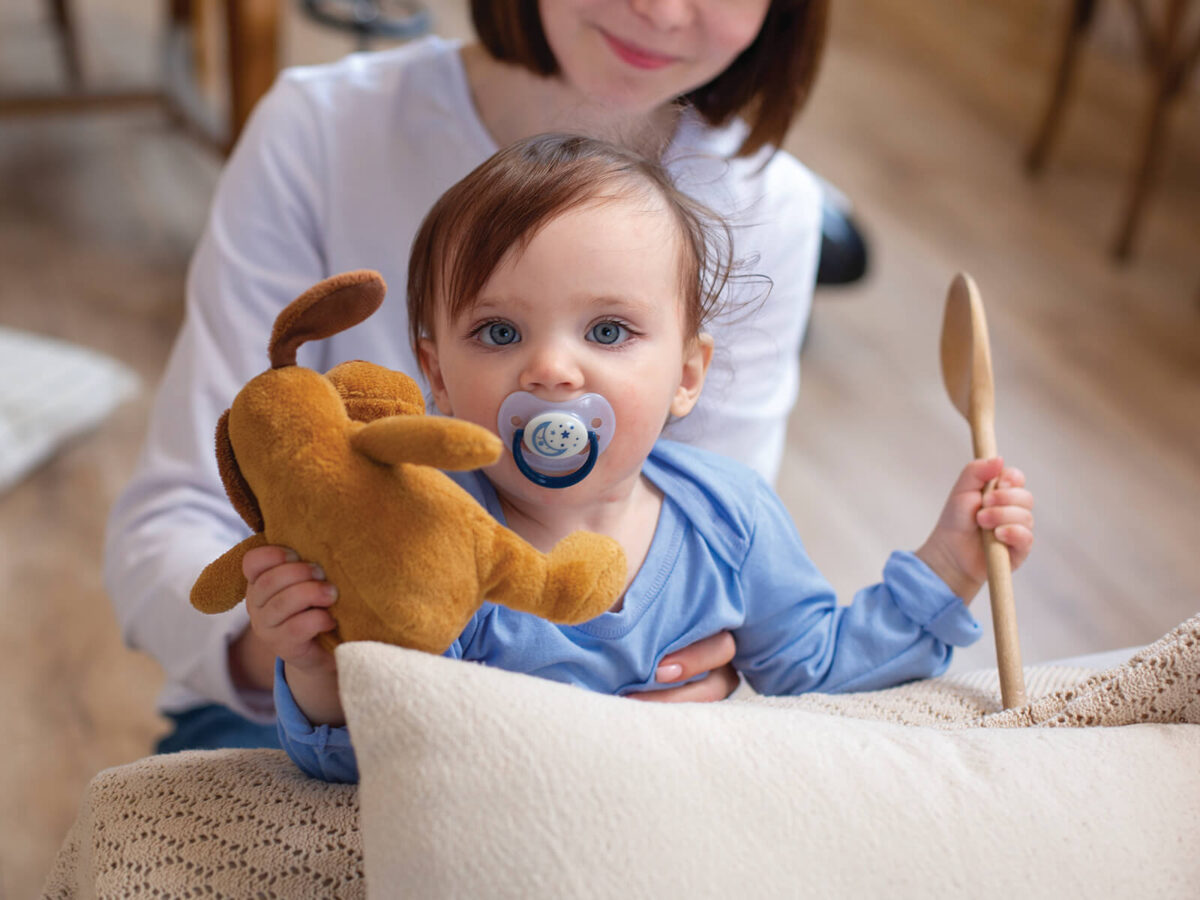Blog
Dental hygiene tips for healthy teeth & gums

How Do I Get My Baby Off A Pacifier?
If you have found yourself in a situation where the pacifier is becoming an issue for your child, especially when it comes to sleeping, it is high time you get rid of it completely.
Pacifiers are useful for calming your child from infancy to toddlers and preschoolers. However, using a pacifier has drawbacks regarding your baby’s teeth and mouth, so pediatricians suggest removing them between 2-4 years old.
But when is the best time to do this, and how can you successfully wean your baby or toddler off the pacifier without crying? Let’s learn the same from Lytle Pediatric Dentist TX.
When should you say bye to a pacifier?
There’s no rush! This can be used for about 1 to 3 years to make the infant more comfortable as it serves as emotional security for the kid. Also, pacifiers can be used during sleep and the day to soothe a child, for example, when the child is ill when starting a new daycare center, or while traveling. With that, as kids reach 18 months, it is good to limit the pacifier dependence and only allow it at night or other stressful times before fully eliminating it.
Why is it necessary to stop The Use of the Pacifier?
If your child continues to use pacifiers for a long time, you will realize that your child’s teeth are misaligned and that the shape of the mouth of the baby is also wrong. It can make the upper teeth protrude, and the lower teeth align backward. When your child is on a pacifier, you should know they will probably require braces or orthodontic solutions later in life.
According to the research, if the child uses a pacifier after six months of age, there is a high chance that they might get an ear infection.
Tips to Wean Your Baby From a Pacifier
Go for the Slow and Consistent Strategy
Like any other dependence (physical or psychological), your child’s dependency on the pacifier may be best handled by getting him or her to transition off the item slowly. This might make the process a bit easier for you and your youngster, even if it takes a little more time than other methods.
Switch to a new comfort object
You substitute the pacifier with another settling tool/sleep association, such as patting to sleep. When you lose the pacifier, you continue patting to sleep for several days and then stop the patting process. This 3-step process does take a little longer, but if your baby does not take a change well or sleeps with the pacifier most of the time, this works well.
Use Your Child’s Emotions, Gain Their Trust
This strategy can appeal to your child’s sympathies if you don’t mind standing for a white lie. Just explain to her that pacifiers are for babies and because she is a big girl now, she should give the pacifier to a baby who will appreciate it.
Go Cold Turkey
Going cold turkey is a tried-and-true strategy for transforming your pacifier-sucking toddler into an independent, big child. Still, it requires a lot of patience and perseverance. Just take away the pacifier, and don’t give it back, even if your child cries, begs, or pleads for it. Stand your ground. You and your child will be pacifier-free for good in a week or two, maybe even less.
Use positive reinforcement
Instead of scolding the child when they need the pacifier, commend them when they do not or do not require the pacifier. Rewarding the change with words like “You’re such a big kid now!” and “Great job!” is a positive way of encouraging him. One can also use star charts to assist them in monitoring progress and give out incentives like small gifts for the kids.
Don’t Offer the Pacifier
It is essential to remove the pacifier from your child’s use when she gets older and no longer has a physical need for the object for self-consoling. You can also control the areas where the pacifier can be used, such as the crib or bed. If you are lucky, she may skip it for longer and longer intervals, thereby effectively weaning herself.
Summing It Up
Every child is unique, and one cannot expect all of the methods by Lytle Pediatric Dentist TX to be effective for every child. In most cases, you must experiment and determine which methods will work with your child.
However, your child will undoubtedly be pacifier-free when they enter kindergarten if you have a little perseverance and commitment!


